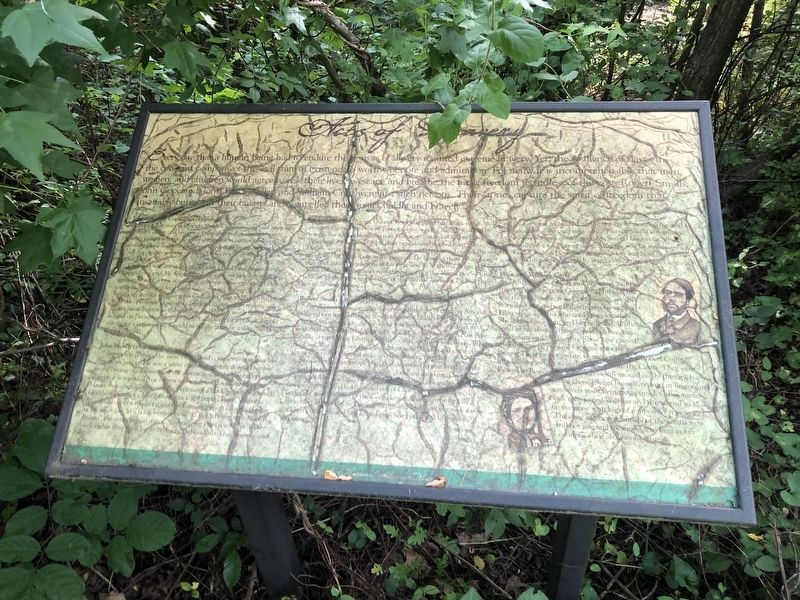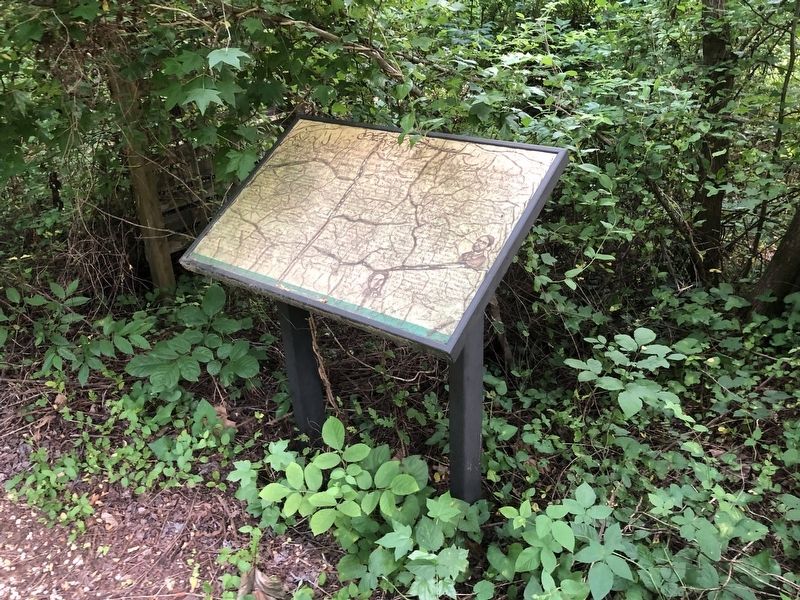Acts of Bravery
Every day that a human being had to endure the horrors of slavery required extreme bravery. Yet, the resilience of slaves in the constant company of this evil stare of existence is worthy of note and admiration. For many, it is incomprehensible that men, women, and children would agree to risk their lives to escape and breathe the air of freedom regardless of the cost. Robert Smalls, John Copeland, John Brown, Ellen and William Craft were just such persons. Their stories capture the spirit of freedom that insatiably burned for their breasts and compelled them to act boldly and bravely.
John Anthony Copeland (1834 - 1859)
Born a free man in Raleigh, North Carolina, Copeland attended Oberlin College and became totally immersed in the militant abolitionist movement. Copeland engaged in numerous confrontations to prevent runaway slaves from being captured. Among these encounters was the famous Oberlin rescue of runaway slave John Pierce.
Copeland was one of five blacks who joined John Brown for the Harper Ferry raid. He was fully aware of the overwhelming odds against the raid, yet he never once relented in his vigilance. Once captured, he wrote a final letter to his parents stating that he was being executed for exercising his God given right to liberate his people from the oppression of slavery. Copeland expressed
no regrets, only an indomitable spirit to the end to resist. His last words before being hanged on December 16, 1859 were "I am dying for freedom. I could not die for a better cause. I would rather die than be a slave." Copeland was 24 years old.
John Brown (1800 - 1859)
Brown was perhaps the most vilified and complex abolitionist in American history. He was a white man who openly devoted his life to the freeing of all slaves and the destruction of the institution of slavery. It is reported that Brown was so obsessed with freedom for blacks that often he assume the persona of a black person. Although he is best known for his ill-fated attack at Harpers Ferry, Virginia, his commitment to equality and black emancipation consumed most of his adult life. In a book written by W.E.B. DuBois entitled "John Brown", the introduction states: "Connecting Brown with his 1800 birth rather than with his 1859 death," DuBois linked his magnificence to that of Nat Turner, Gabriel Vesey and post Haiti black revolt, and resistance generally, Brown's consciousness was but slightly touched by revolts, but added that Brown in later years learned of Gabriel and Vesey and Turner, and I told of their exploits and stitched their plans. DuBois wrote, "He sought them in home and church and out on the street, and he lured them in his business. He came to them on a plane of perfect equality
Robert Smalls (1836 - 1915)
Smalls' heroic escape from slavery is a highlight of African American history. Born into slavery in South Carolina, Smalls learned skills of a boatman early in life. At age 12 he was hired out by his master to work in the Charleston shipyard. By age 23, he had become a boat pilot capable of navigating Charleston harbor and ancillary waterways. When the Civil War broke out the Confederates used Smalls and eight other slaves to serve minimal tasks on the gunboat, Planter.
Smalls devised an escape plan that depended in part on the white perception that blacks were incapable of critical thinking. On the evening of May 2, 1862, he and other slaves, along with entire families bravely and boldly sailed out of Charleston's port, directly under the watchful eyes of the Confederates running the heavily armed fort above. Before leaving, Smalls and his shipmates took a vow of liberty or death and had loaded explosives on board to detonate if necessary.
U.S. Congress recognized Smalls' bravery by awarding him and his comrades half of the cash value of the Plantar. Smalls also enlisted in the Navy and was commissioned as Second Lieutenant,
a rare accomplishment for a former slave. After the war, he was elected to the South Carolina House of Representatives and STate Senate. He completed his political career by being elected to the U.S. Congress.
Ellen and William Craft
The boldness of Ellen and William Craft to travel in disguise from Georgia to Philadelphia and then to Boston is indeed amazing, yet their story does not end with this ingenious escape. Ellen was a mulatto who could pass for white. She dressed as a man and her husband, William acted as her slave as they traveled to freedom. The infamous 1850 Fugitive Slave Law caused the Craft to be pursued for years after their escape. Their former owner, Georgia planter Robert Collins hired slave catchers to search the Crafts. They were located in Boston and Ellen swiftly moved out of the city but William chose to arm himself, remain in Boston and aggressively resist being recaptured. Other armed black men joined William and threatened to blow up everyone with kegs of gunpowder if provoked. The slave catchers relented but the Craft were still not safe and they moved to England to continue their abolitionist struggle.
Topics. This historical marker is listed in these topic lists: Abolition & Underground RR • African Americans • Law Enforcement • War, US Civil. A significant historical date for this entry is May 2, 1862.
Location. 38° 19.318′ N, 77° 30.514′ W. Marker is in Fredericksburg, Virginia. Marker can be reached from Gordon W Shelton Boulevard, 0.7 miles north of Willow Lane, on the left when traveling north. Touch for map. Marker is at or near this postal address: 6001 Gordon W Shelton Blvd, Fredericksburg VA 22401, United States of America. Touch for directions.
Other nearby markers. At least 8 other markers are within walking distance of this marker. Endurance Through It All (here, next to this marker); Abolitionists (here, next to this marker); Hallelujah (here, next to this marker); Quest For Knowledge (here, next to this marker); Voices of the Past (here, next to this marker); Henry "Box" Brown (here, next to this marker); Runaways (a few steps from this marker); Middle Passage (a few steps from this marker). Touch for a list and map of all markers in Fredericksburg.
Credits. This page was last revised on February 2, 2023. It was originally submitted on June 28, 2021, by Devry Becker Jones of Washington, District of Columbia. This page has been viewed 171 times since then and 9 times this year. Photos: 1, 2. submitted on June 28, 2021, by Devry Becker Jones of Washington, District of Columbia.

